Revolutionizing Safety: The Impact of Cable Handrail Systems on Modern Architecture
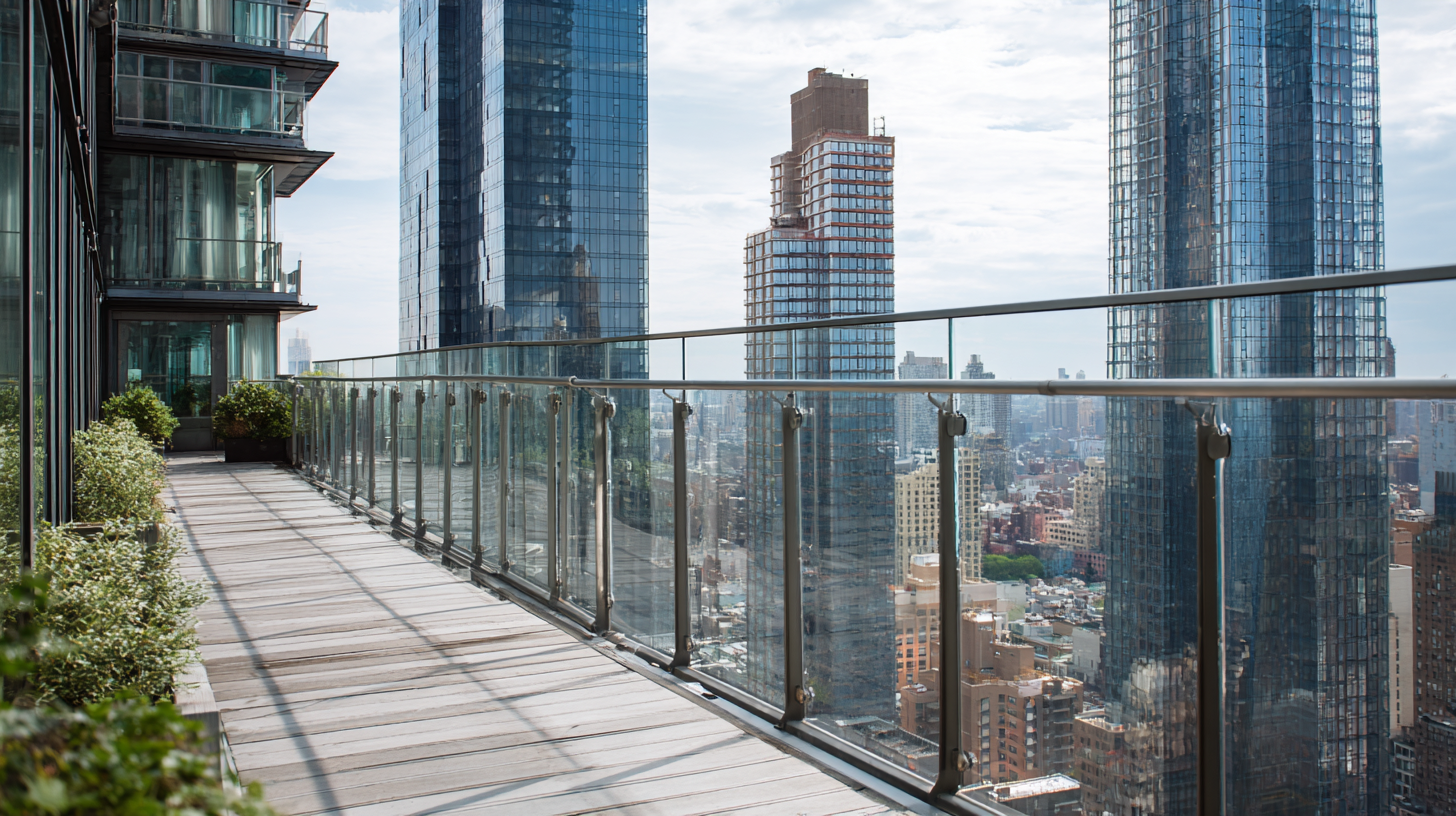 In contemporary architecture, safety and aesthetics go hand in hand, particularly with the increasing adoption of innovative solutions like the cable handrail system. According to a report by IBISWorld, the handrail manufacturing industry in the United States is projected to grow at an annual rate of 2.5% from 2021 to 2026, illustrating a rising demand for sleek, durable safety features. The versatility of cable handrail systems not only enhances the visual appeal of spaces but also adheres to stringent safety regulations, providing a balance between form and function. Furthermore, data from the American Society of Civil Engineers emphasizes that modern cable handrail designs significantly improve safety standards in both residential and commercial settings, reducing fall risks while maintaining unobstructed views. As architects and designers increasingly prioritize innovative safety solutions, the cable handrail system stands out as a revolutionary element shaping the future of architectural design.
In contemporary architecture, safety and aesthetics go hand in hand, particularly with the increasing adoption of innovative solutions like the cable handrail system. According to a report by IBISWorld, the handrail manufacturing industry in the United States is projected to grow at an annual rate of 2.5% from 2021 to 2026, illustrating a rising demand for sleek, durable safety features. The versatility of cable handrail systems not only enhances the visual appeal of spaces but also adheres to stringent safety regulations, providing a balance between form and function. Furthermore, data from the American Society of Civil Engineers emphasizes that modern cable handrail designs significantly improve safety standards in both residential and commercial settings, reducing fall risks while maintaining unobstructed views. As architects and designers increasingly prioritize innovative safety solutions, the cable handrail system stands out as a revolutionary element shaping the future of architectural design.
The Evolution of Handrail Safety Standards in Modern Architecture
The evolution of handrail safety standards in modern architecture has been a significant leap toward ensuring enhanced protection for individuals in both residential and commercial spaces. Historically, handrails were often seen merely as structural elements rather than critical components of safety. However, with growing awareness of safety regulations and architectural innovations, the standards have evolved to prioritize durability, accessibility, and aesthetic appeal. This evolution reflects a broader movement towards integrating safety measures seamlessly into design, transforming handrails from simple barriers into essential safety features.
When choosing a cable handrail system, it's vital to consider several factors to ensure compliance with current safety standards. **Tip:** Always verify that the system meets the latest building codes and safety regulations specific to your location. Additionally, ensure that the cable spacing complies with guidelines to prevent accidents, particularly in environments accessible to children. **Tip:** Opt for materials that are not only visually appealing but also offer resistance to the elements, ensuring longevity and maintaining safety throughout their lifespan.
The impact of these standards is evident in contemporary architecture, where handrail systems now contribute to both functionality and elegance. As designers continue to push the boundaries, the integration of innovative materials and design concepts in handrails will further enhance safety while complementing modern architectural aesthetics. **Tip:** Regular maintenance and inspections of handrail systems are crucial to uphold safety standards and ensure continued protection over time.
Revolutionizing Safety: The Impact of Cable Handrail Systems on Modern Architecture
| Year | Regulation/Standard | Description | Impact on Safety |
|---|---|---|---|
| 1990 | ANSI A1264.1 | Safety Requirements for Workplace Walking/Working Surfaces | Set foundational safety standards for various types of railings, including cable handrails. |
| 2009 | IBC 2009 | International Building Code | Introduced updated guidelines for handrail height and load requirements. |
| 2015 | ASTM F1908 | Standard Specification for the Design of Guardrail Systems | Established performance criteria for cable rail systems to ensure stability and safety. |
| 2020 | ADA Standards | Americans with Disabilities Act Accessibility Guidelines | Addressed the accessibility needs of handrail systems, increasing safety for all users. |
| 2023 | ISO 45001 | Occupational Health and Safety Management Systems | Promotes safe workplaces, influencing designs and standards for rail systems. |
Integrating Aesthetic Design with Safety: The Role of Cable Handrails
The integration of cable handrails in modern architecture serves not only a functional purpose but also enhances aesthetic appeal. These systems, characterized by their sleek lines and minimalist design, embody a contemporary style that complements various architectural themes. By replacing traditional bulky railings with cable configurations, designers can create open spaces that maximize sightlines while maintaining the necessary safety standards. The transparent nature of cable handrails allows for an unobstructed view, making them ideal for both indoor and outdoor applications in buildings ranging from homes to commercial structures.

In addition to their visual benefits, cable handrails are engineered to provide superior safety without compromising on design. They are constructed using high-strength materials that ensure durability and stability, effectively securing environments without overwhelming the overall aesthetic. This balance between safety and style allows architects to experiment with innovative designs while adhering to regulatory requirements. As a result, cable handrails have become a preferred choice for modern architecture, symbolizing a commitment to design excellence that prioritizes both form and function.
Examining the Material Benefits: Why Steel and Glass Cable Systems Prevail
The evolution of modern architecture has increasingly embraced innovative materials that not only enhance aesthetic appeal but also prioritize safety. One of the standout advancements in this realm is the integration of steel and glass cable handrail systems. These materials offer a unique combination of strength and transparency, making them ideal for contemporary spaces that seek to maintain open sightlines while ensuring structural integrity.
Steel, renowned for its durability, is an essential component of cable handrail systems. It provides the necessary support to withstand significant force, making it a safer alternative to traditional handrails. Meanwhile, the use of glass brings a sleek, minimalist appearance that aligns perfectly with modern design philosophies. The juxtaposition of rugged steel and elegant glass not only elevates the overall aesthetic but also ensures that safety does not come at the cost of style. This synergy between safety and design exemplifies how material choice can revolutionize architectural standards, leading to innovative spaces that prioritize occupant well-being.
Revolutionizing Safety: The Impact of Cable Handrail Systems on Modern Architecture
Statistical Analysis: Reductions in Accidents Due to Advanced Handrail Systems
The implementation of advanced cable handrail systems in modern architecture has shown a significant impact on safety outcomes. A statistical analysis reveals that these systems have contributed to a marked reduction in accidents, especially in high-traffic areas. By incorporating innovative designs and materials, architects and planners are creating more secure environments that prioritize public safety without compromising aesthetic appeal.
Research studying roadside safety has indicated that clear visual guidelines and robust safety features can significantly lower the risk of accidents. The careful placement and construction of cable handrails not only serve to guide pedestrians but also act as effective barriers, preventing falls and enhancing overall site security. These findings suggest that integrating advanced handrail systems in building designs is not just a trend, but a crucial aspect of contemporary architectural safety practices.
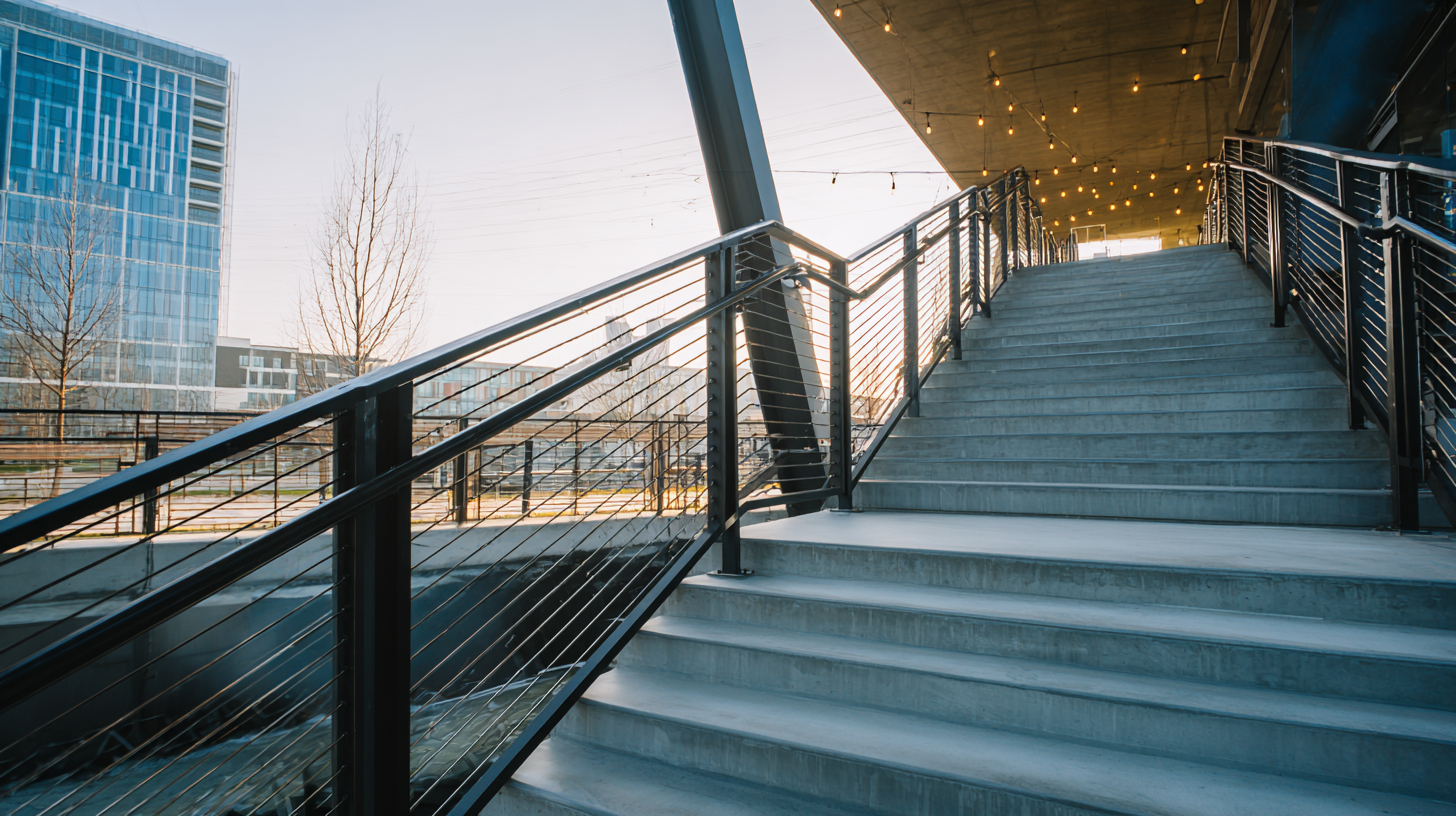
Future Trends in Architectural Safety: Innovations in Cable Handrail Technologies
The architectural landscape is witnessing a transformative shift with the integration of cable handrail systems, driven by innovations that significantly enhance safety measures. According to a report by the American Institute of Steel Construction, cable rail systems reduce the risk of accidents by providing nearly unobstructed views while maintaining structural integrity. These systems, often constructed from high-strength stainless steel cables, not only meet but exceed safety standards mandated by organizations such as OSHA and ANSI, ensuring compliance without compromising aesthetic appeal.
Future trends in architectural safety increasingly lean towards the customization and smart integration of cable handrail technologies. A survey by the Global Safety Network reveals that 67% of architects are prioritizing adaptive designs that incorporate technology for real-time monitoring of structural integrity and user activity. This demonstrates a growing recognition of the importance of both functionality and style in modern architecture. As more developers move towards sustainable building practices, the use of eco-friendly materials in cable railing systems is also on the rise, further promoting safety while aligning with global sustainability goals. This evolution is a clear indication that architectural safety will continue to be at the forefront of design innovation.
Related Posts
-
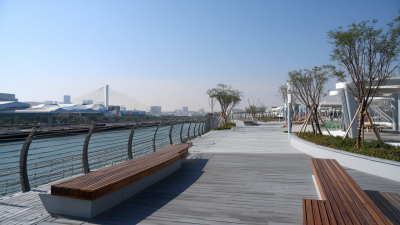
Exploring Cable Railing Innovations at the 138th Canton Fair 2025 in China
-
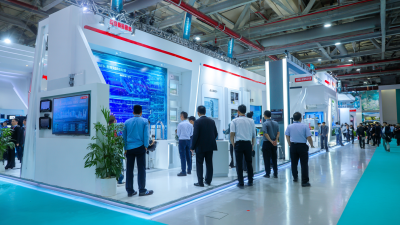
Exploring Cable Fence Innovations at the 138th China Import and Export Fair 2025
-
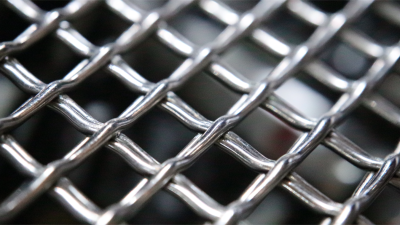
Exploring Stainless Steel Mesh Innovations at the 138th Canton Fair 2025: Industry Trends and Insights
-

Exploring Growth Opportunities for Stainless Steel Cable Railing Systems at the 138th Canton Fair 2025